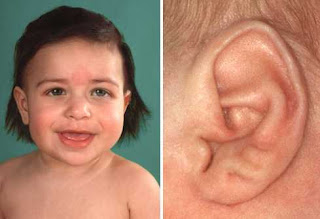The brain's hemispheres
A cerebral hemisphere is one of the two regions of the vertebrate brain that are delineated by the median plane, (medial longitudinal fissure). The brain can thus be described as being divided into left and right cerebral hemispheres. Each of these hemispheres has an outer layer of grey matter called the cerebral cortex that is supported by an inner layer of white matter. Ineutherian, i.e., placental, mammals (but not in non-eutherian mammals such as marsupials, nor in other vertebrates), the hemispheres are linked by the corpus callosum, a very large bundle of nerve fibers.
Smaller commissures also join the hemispheres, both in eutherian and in other vertebrates, including the anterior commissure (which is present in marsupials), posterior commissure, and hippocampal commissure. These commissures transfer information between the two hemispheres to coordinate localized functions.
Macroscopically the hemispheres are roughly mirror images of each other, with only subtle differences (e.g. Yakovlevian torque). On a microscopic level, the architecture, types of cells, types of neurotransmitters and receptor subtypes are markedly asymmetrical between the two hemispheres.
However, while some of these hemispheric distribution differences are consistent across human beings, or even across some species, many observable distribution differences vary from individual to individual within a given species.



Comentarios
Publicar un comentario